
by The International Kiteboarding Association 18 Aug 03:17 PDT
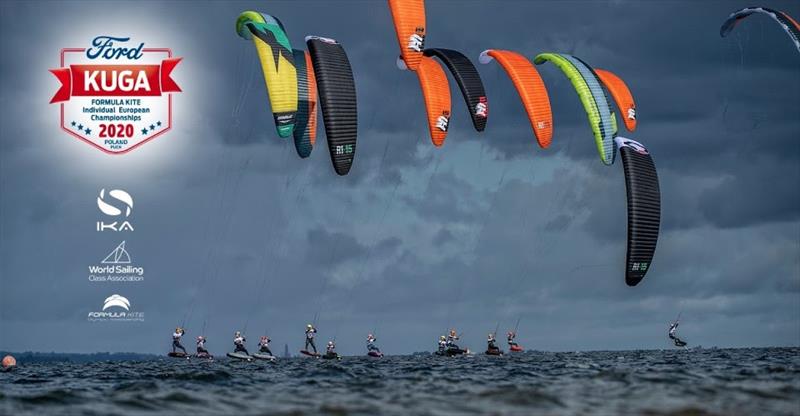 Formula Kite Individual European Championships © The International Kiteboarding Association
Formula Kite Individual European Championships © The International Kiteboarding AssociationAll five leading race foil kite brands whose innovative offerings have been approved for the upcoming four-year Olympics’ cycle are eagerly anticipating the first major face-off at the Formula Kite Individual European championships in Poland later this month.
The contest at Puck is the first opportunity after August 10—the day after the Tokyo 2020 Games were due to end—for the new registered series production kites and hydrofoils approved by the International Kiteboarding Association’s (IKA) Technical Committee to compete in a Formula Kite regatta.
After years of development by designers acutely aware they will be unable to change their designs for the forthcoming four years of Formula Kite competitions, the pressure was on to come up with a winner that will survive evaluation lasting until the end of 2021 when World Sailing (WS) will license those that pass the test.
Good early results will be key to generate sales and recouping substantial investment over the coming years as the growing number of national team athletes ramp up training in the quest for gold at kiting’s debut on the Paris 2024 Olympics’ track in Marseille.
But already market leaders Ozone and Flysurfer have thrown down the gauntlet. Their new kites reflect two divergent philosophies: Flysurfer’s VMG2 is hailed as revolutionary, while Ozone’s dominant R1 in its V4 iteration is cast as evolutionary, refining R1’s pace and ease-of-use all around the course that won it legions of followers and countless titles.
It promises to be a fascinating duel. Flysurfer designer Benni Boelli spent two years working on the VMG2, but only hit on a version he was happy with a month before the deadline. “It was really hard to get something that was much better than the VMG,” he said. “The pressure was quite high. If you don’t have the best kite for racing you won’t sell a lot over the next four years.”
Boelli’s VMG2 is “revolutionary” as it has just two rows of bridles and dispenses with brake lines that alter the kite’s camber for turning. It cuts bridle-age by 49 percent over traditional foil kites, reducing drag. To compensate for the loss of bridles and increase the kite’s rigidity, Flysurfer introduced a series of internal fibreglass rods from the canopy’s leading to trailing edge.
The changes dramatically alter flying characteristics ensuring the kites fly further forward in the window. That aids de-power and allowed Flysurfer to introduce a 23m kite for heavier athletes, enabling an 80kgs rider to hold it in 15kts-17kts. Boelli maintains the de-power makes VMG2 quicker through tacks and gybes, as demonstrated in series wins by France’s Théo de Ramecourt.
The novel flight characteristics take time to digest to get the best from the kite, admits Boelli, though he maintains there is no loss of usability. “Fly-ability is very important, especially in racing. You need a kite which has stability and performance. Our big goal was a to make a kite that’s reliable in any conditions—like races in San Francisco where it’s gusty, shifty and strong.”
By contrast Ozone went for a “step-by-step” approach in developing the R1V4, building on the immense success of the V3 and earlier versions that helped France’s Nico Parlier to multiple Formula Kite world championship titles and became the dominant kite on the international race circuit.
“The essence of the R1 is accessible performance,” said Iain Hannay, Ozone’s general manager. “Anyone can jump on it and go hard. We reduced the bridles and added more cells for the R1V4, but we haven’t lost the ease-of-use. We think everyone can get on it and go fast without having to worry about control, allowing riders to think about all the other things and be fast around the whole course.”
F-one radically revised its Diablo V5, switching style from the V4 which owed much to the finer, high-aspect profiles of Flysurfer race kites. Now with Britain’s Connor Bainbridge, who took the third podium spot at the 2019 Formula Kite Worlds, assisting designer Robert Graham, the Diablo V5 has moved in the Ozone R1 direction.
“Ozone has been for the last six years the benchmark kite, especially in the smaller sizes where they’ve been unbeatable,” said Bainbridge. “It’s really stable and user-friendly, something the Diablo V4 lacked. We took inspiration from the MikesLab Bullet 3 [hydrofoil]: perhaps not the fastest, but it’s incredibly easy to ride, like Ozone R1. We made sure Diablo V5 sure was more like that, with a thicker profile and more rigid canopy. All the tests show the V5 is hugely improved, particularly in stability. We’re nervous and excited for the Europeans.”
F-one also put down a marker registering a massive 25m kite, concerned about how the discipline could develop over coming years after seeing the 21m quickly become the norm. “We’re still trying to figure it out,” said Bainbridge. “The problem might be dropping from a 25m to a 15m kite in competition. But we’ve no idea where the sport will go in the next four years.”
Aeros-Elf also went for a larger 22m kite at the top of its J-C line. Elf Kites’ Roman Lyubimtsev teamed with Ukraine’s Aeros which is capable of building the required numbers too to satisfy the availability criteria.
Designer Lyubimtsev toyed with the idea of cutting bridle rows to three, but ultimately stuck with four. “It’s stable with four rows of bridles and works better,” he said. “I tested the 19m kite and the wind range was good. It seems to have about the same power as the Ozone R1V3’s 21m. It’s competitive downwind and little better upwind.”
Flymaax, the brand of multiple world champion Maxime Nocher and designer Hans Bollinger, went with a 21m as their largest Boom V2 kite that is “totally different” from the V1 on which the Frenchman showed he could be highly competitive racing last year.
“The V2 saw many changes inside the kite,” said Nocher. “It was also given more de-power and is way more competitive. We’re happy with the upwind and downwind performance. Training with Nico Parlier on Ozone and Théo de Ramecourt on Flysurfer we have quite similar performance in low wind, but in high wind we’re far in front. We’re waiting for the Europeans to really compare.”


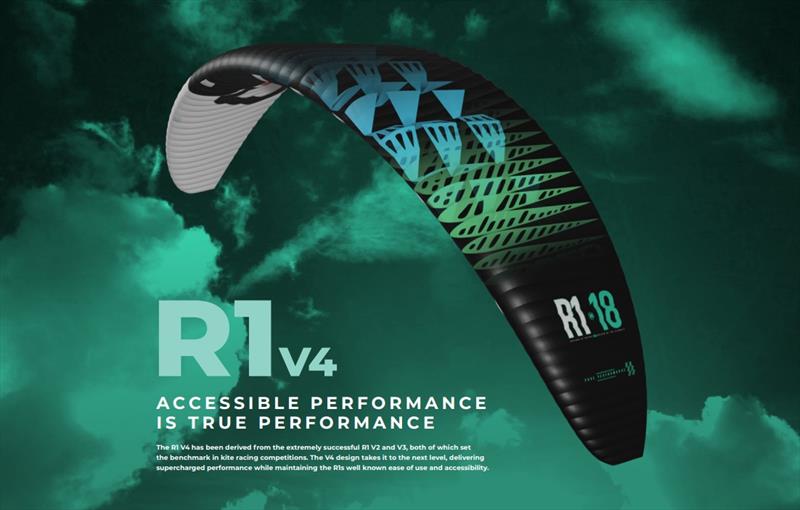
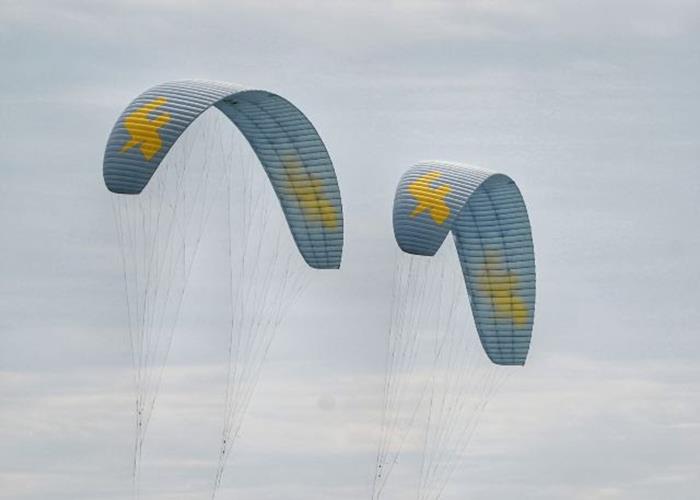
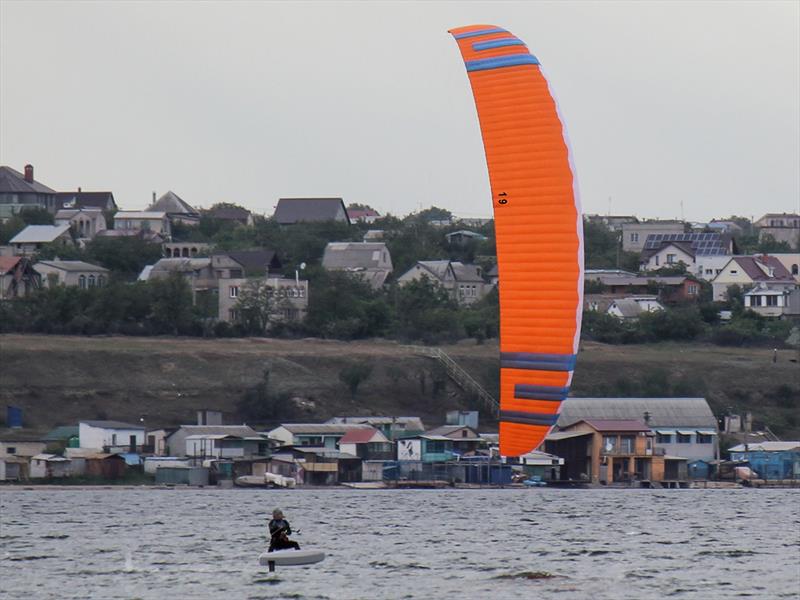
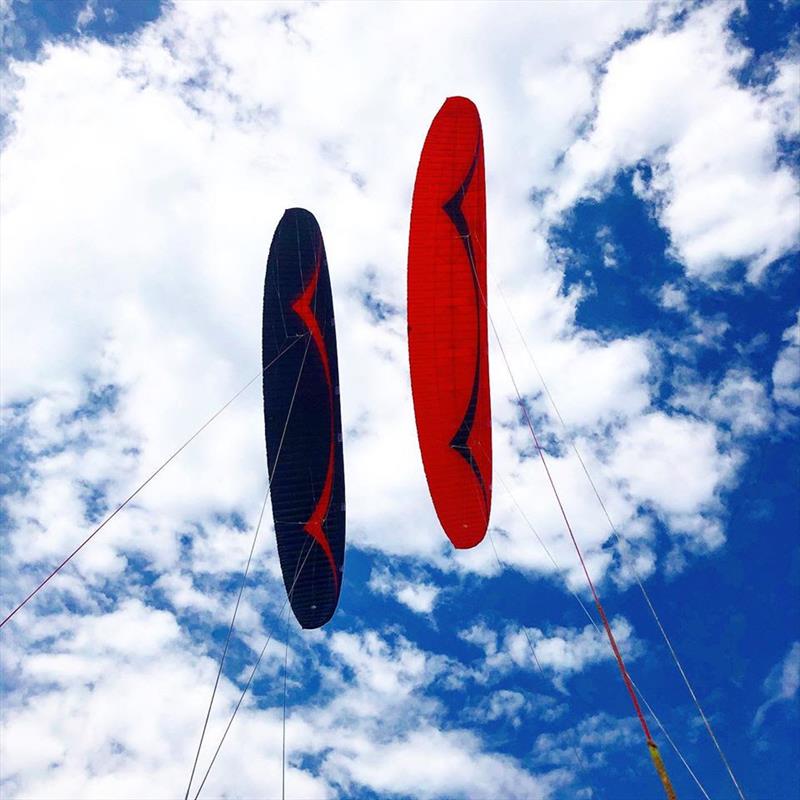

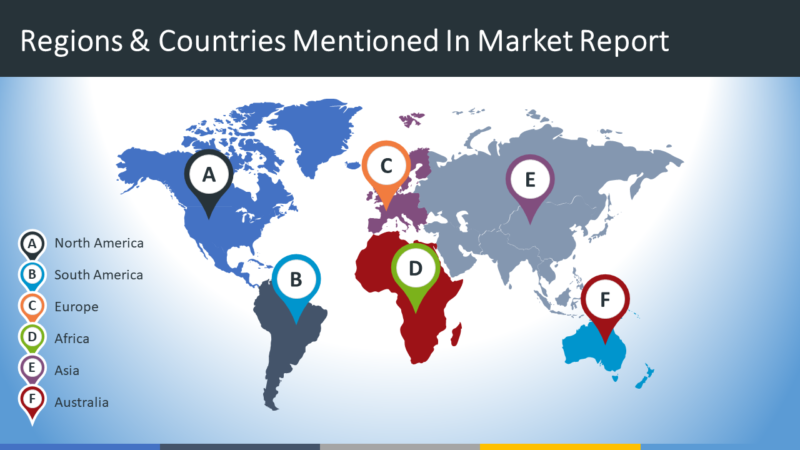

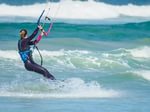
Recent Comments